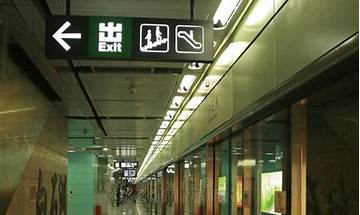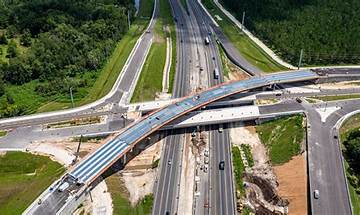A large number of damaged cars piled up on the streets of Beijing after the rainstorm.

On August 3, 2023, Beijing ushered in a heavy rainfall, which caused a serious flood disaster. However, when the flood gradually receded, people were surprised to find that not only wet streets were left behind, but also a scene of mud and garbage mixed. This scene makes people deeply feel the fragility of the environment and highlights the challenge of the city to resist natural disasters.
The flood has undoubtedly had a serious impact on the streets, buildings and traffic in the city. On the 1st, there was street water in many places in Beijing, which poured into shops, houses and roads, causing many vehicles to be trapped and traffic jams. However, when the flood gradually receded, people found that the flood left a more worrying scene.
The mixture of mud and garbage left on the street has become another hidden danger of flood disaster. The flood washed away and brought a lot of soil and waste to the streets, resulting in the accumulation of mud. At the same time, some trash cans were washed down by water, and the garbage was scattered on the street, forming a messy scene. This not only affects the sanitary environment of the city, but also may block the road drainage system, further aggravating the problems caused by the flood.
What is even more worrying is that after the flood receded, many cars were washed together. This is the product of flood impact, but also the performance of urban traffic congestion. These flooded cars can't operate normally, and some even break down, further aggravating the traffic problems in the city. The vehicles trapped in the flood not only brought troubles to the owners, but also highlighted that the city's ability to cope with extreme weather needs to be improved.
The impact of this flood disaster is not only temporary, but also requires the joint efforts of relevant departments and residents of the city to clean up and repair it. Cleaning up mud and garbage, restoring road traffic and repairing damaged buildings all require time and energy. More importantly, this flood event once again reminds people that cities need to strengthen prevention and preparation when dealing with natural disasters, and improve the resilience of urban infrastructure.
Generally speaking, this flood disaster has brought some losses and impacts to Beijing, but it has also awakened people's awareness of urban safety and environmental protection. Through the clean-up and restoration after the disaster, it is believed that the city will gradually return to normal, and it will also have a deeper understanding and planning for future disaster prevention work. In the face of natural disasters, we need more preparation and cooperation to jointly protect the safety and stability of the city.
Declaration: All article resources on this website, unless otherwise specified or labeled, are collected from online resources. If the content on this website infringes on the legitimate rights and interests of the original author, you can contact this website to delete it.






